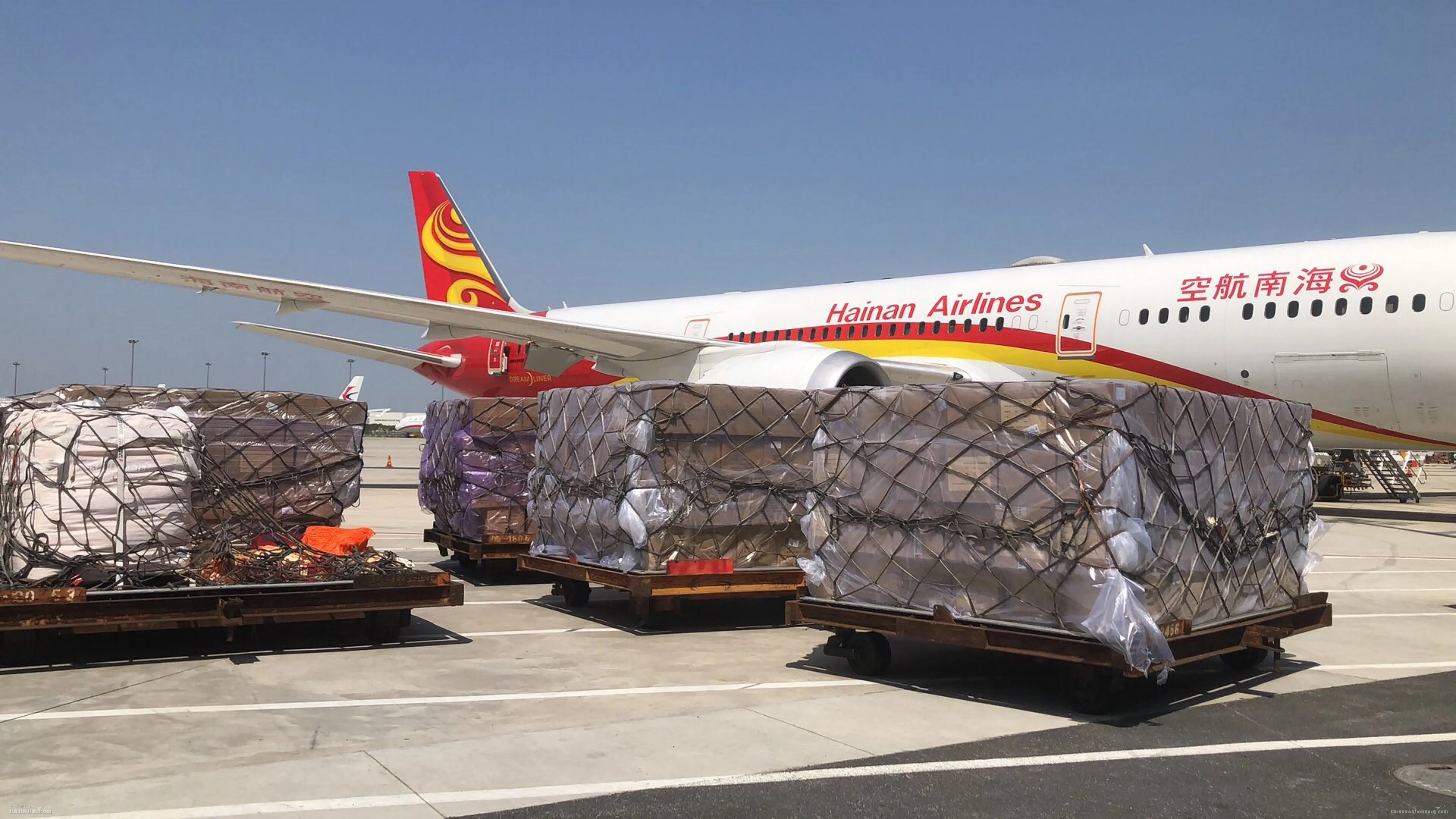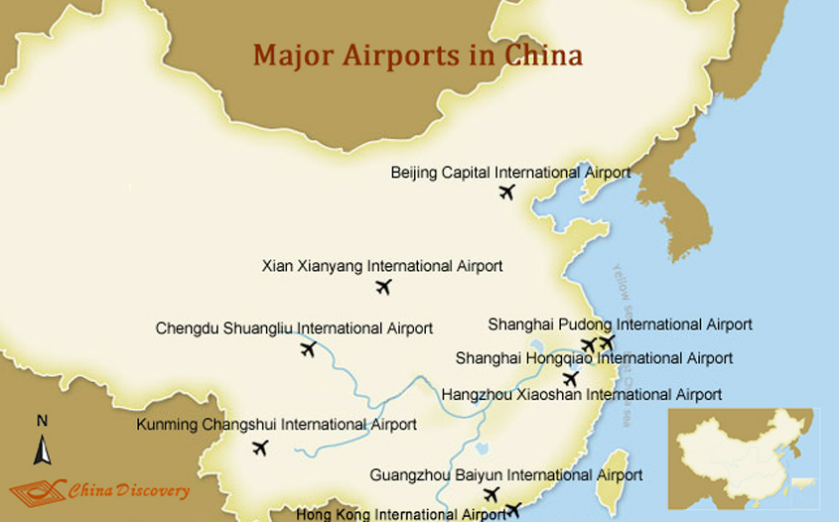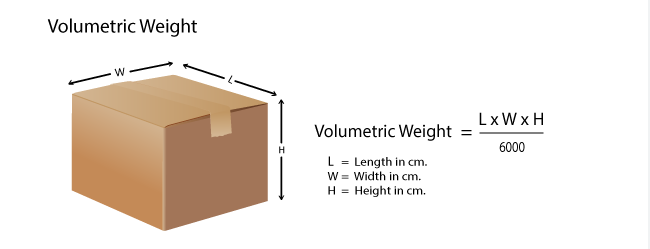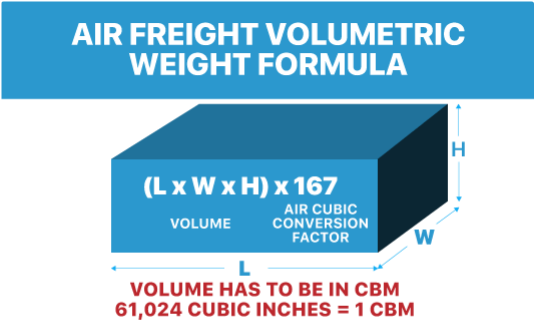Air Freight Solutions
In the fast-paced global trade, timely and efficient delivery of goods is essential. Presou Freight Forwarding Service Provider, headquartered in China, specializes in providing top-tier air cargo solutions to national companies in Middle East, Red Sea, India Pakistan and Africa regions. Our comprehensive guide explores the intricacies of air freight services, emphasizing why Presou is your ideal partner for international shipping.
Airport, Goods to loaded
Air Freight From China, As an international logistics company, Presou Logistics offer a comprehensive range of air freight solutions to meet your specific needs.
Our extensive network of Air Freight From China carriers enables us to provide fast and reliable delivery of your cargo to destinations across the globe.
Presou can provide air freight from China to Middle East, Red Sea, India Pakistan, Africa and all over the world even the Amazon air freight cargo.
We offer direct flights from China major international airports, as well as consolidated air cargo services, to provide flexible and cost-effective options for your shipments.
Our services include pick up service, door-to-door delivery, warehousing, customs clearance, packing and labeling, and air freight delivery service.
We work closely with you to understand your specific needs and provide tailored solutions to meet them.
Our commitment to quality and customer satisfaction is paramount.
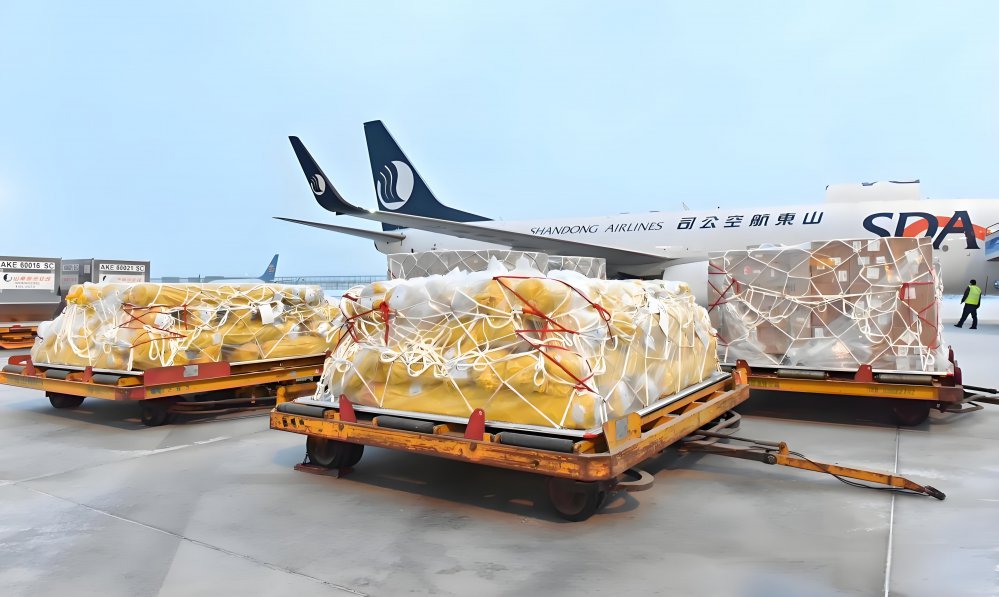
China boasts a number of major airports that can help you save on transportation costs by choosing the one closest to your supplier. Here's a overview of some key airports:
Beijing Capital International Airport (PEK): Handling around 2 million tons of cargo annually, PEK is Asia's busiest airport and China's largest air cargo hub. It's strategically located for trans-Pacific and intra-Asia routes. The airport handles a variety of cargo, including pharmaceuticals, perishables, and hazardous goods. As a major international hub, it offers extensive global cargo connections, making it ideal for imports and exports from China.
Ready to trim those air shipping expenses? Here's how you can do it like a pro:
Fine-Tune Your Shipment's Weight and Size: In the world of air shipping, weight and dimensions are king. Slim down your cargo's profile, and you'll see those shipping costs shrink.
Bundle Up Your Shipments: Got a bunch of small packages heading to the same spot? Join forces and consolidate them into one big shipment. It's a no-brainer—bulk is beautiful. The heavier your load, the sweeter the deal from the airlines. Keep an eye on those cost break points at 45kgs, 100kgs, 300kgs, 500kgs, and 1000kgs.
Flex Your Negotiating Muscle: If you're moving serious volume, it's time to talk turkey with the airlines. Shop around, compare rates, and don't be afraid to drive a hard bargain.
Think Ahead to Save Big: Rush jobs? They'll cost you. Play the long game by planning ahead. You'll score better rates when you're not in a hurry.
These tactics aren't just cost-cutters; they're smart moves that'll streamline your shipping from China. So, let's get cracking and make every dollar count!
Actual weight VS Volumetric weight
The cost of air freight is influenced by weight, but it's not just a numbers game. Because of the finite space in an airplane's cargo hold, weight isn't the only factor at play.
Enter volumetric weight. There are times when the shipping carrier will assess charges based on the amount of space your product occupies, not just its weight. This concept is all about volumetric weight.
The reason behind this is simple: airlines need to cover their costs and ensure profitability, even when they're moving bulky but lightweight items that eat up a lot of room.
Understanding the distinction between actual weight and volumetric weight is crucial. Otherwise, you might end up being billed based on the volumetric weight without even realizing it, which could mean a higher shipping cost than you expected.
For example,if you send a goods that measures 100cm x 100cm x 100cm and weighs 100kg, the logistics firm will not charge you based on its actual weight (100kg). Due to the package’s size and the space it takes up, the relationship between its size and weight must be converted.
Therefore, let us proceed with the conversion.
By Express Dimensional weight (express) =100cm x 100cm x 100cm/5000=200KGS
By Airline Dimensional weight (air freight) =100cm x 100cm x 100cm/6000=167KGS
By Air will be 1m X 1m X 1m= 1CBM X 167 =167KGS
As you can see, the dimensional weight is significantly more than its actual weight.
So if we choice to ship by airline , chargeable weight will be 167KGS. But if we ship by courier company like DHL, Fedex, TNT, chargeable weight will be 200KGS
But if this same dimension 100cm x 100cm x 100cm, weight is 300KGS, chargeable weight will be actual weight as 300KGS
This is standard practice in the logistics industry, as companies charge based on the maximum amount.
Therefore, to reduce shipping costs, it may be necessary to compress the package and decrease its measurement volume.
This can help ensure that the package is charged based on its actual weight, rather than its volumetric weight.
You can contact us via CONTACT-US for any international air freight quote from all China
What's the Difference?
When you select air freight over sea freight from China, you gain several key benefits. Chief among these is the dramatic reduction in delivery time. While sea freight can stretch to a month or longer, depending on the destination, air freight can whisk your goods from the factory to your doorstep in as little as five days.
The speed of delivery is influenced by the shipping class you choose: Economy or Express. Opting for air freight can save you precious time. In fact, it's intriguing to note that air freight accounts for five percent of the total international cargo volume.
However, it's important to be aware that air freight comes with a higher price tag than sea freight. The expedited delivery times come at a cost, making air freight less of a default choice for many due to its expense. Yet, if time is of the essence and you can gain a month's advantage in transit time, the extra shipping costs can be a worthwhile investment.
Many importers adopt a strategic hybrid model, splitting their order to send a portion by air and the rest by sea. This approach balances the need to maintain sales momentum while also keeping a tight rein on costs.
For reliable air freight services, trust Presou Logistics. We're committed to delivering your cargo safely, promptly, and within your budget.
Reach out to us today to discover more about our air freight offerings, to get your personalized air freight quote, and to see how we can support your shipping requirements.
Air Freight From China, At Presou Logistics, safety is always our top priority when it comes to air freight from China. As a seasoned air freight forwarder with a robust network of air routes originating in China, we ensure your cargo reaches any destination worldwide with precision and care.
We pride ourselves on offering direct air freight services from China's major international airports, promising the secure transport of your goods every time.
Our skilled team is adept at managing both large-scale, multipoint distributions and individual door-to-door shipments. We work hand in hand with you to pinpoint the most dependable, swift, and budget-friendly shipping solutions tailored to your requirements.
Additionally, our overseas agents are adept at providing extensive warehousing options, expert packing and labeling services, and seamless customs clearance coordination through our customs brokerage services. Trust Presou Logistics for a comprehensive and secure air freight experience.
When it comes to air freight, calculating pivot weight is crucial for ensuring safe and efficient transportation of goods. Understanding how to determine pivot weight can help shippers optimize their cargo loads and comply with airline regulations. In this comprehensive guide, we will delve into the intricacies of pivot weight calculation in air freight.
Section 1: Understanding Pivot Weight
In this section, we will explore the concept of pivot weight and why it is important in air freight. Understanding the fundamentals of pivot weight will lay the groundwork for accurate calculations and successful cargo shipments.
Subsection 1: What is Pivot Weight?
Pivot weight, also known as the balance point, is the point at which an aircraft's weight is evenly distributed. When loading cargo onto an aircraft, it is essential to consider the pivot weight to maintain stability during flight.
Subsection 2: Importance of Pivot Weight in Air Freight
The proper calculation of pivot weight ensures that an aircraft's center of gravity remains within acceptable limits. Failure to adhere to pivot weight guidelines can result in imbalanced loads, compromising the safety and efficiency of the flight.
Section 2: Calculating Pivot Weight
Calculating pivot weight involves a series of calculations based on the weight and position of cargo within an aircraft. In this section, we will outline the steps involved in determining pivot weight accurately.
Subsection 1: Cargo Weight Distribution
To calculate pivot weight, shippers must first determine the weight distribution of their cargo. This includes identifying the weight of each individual package and its location within the aircraft.
Subsection 2: Lever Arm Calculation
The lever arm, or distance between the center of gravity and the pivot point, plays a crucial role in pivot weight calculations. Shippers must accurately measure the lever arm to ensure precise weight distribution.
Section 3: Implementing Pivot Weight Calculations
In this final section, we will discuss how to apply pivot weight calculations in real-world air freight scenarios. By understanding how to implement pivot weight guidelines, shippers can optimize their cargo loads and improve overall flight safety.
Subsection 1: Case Studies
We will examine real-life examples of pivot weight calculations in air freight to illustrate the practical application of these principles. Case studies provide valuable insights into the importance of accurate weight distribution for successful cargo transportation.
Subsection 2: Compliance and Safety Regulations
Compliance with industry regulations and safety standards is paramount in air freight. Shippers must adhere to pivot weight guidelines set forth by airlines and regulatory bodies to ensure the safe and efficient transport of goods.
Overall, mastering the art of pivot weight calculation in air freight is essential for shippers looking to optimize their cargo loads and streamline the shipping process. By following the guidelines outlined in this blog post, shippers can enhance their understanding of pivot weight and its significance in air freight operations.
When delving into the complex world of air freight, one term that frequently arises is MCC charges. Understanding the significance of MCC charges is integral to comprehending the intricacies of air freight operations. This comprehensive guide aims to shed light on the meaning, implications, and impact of MCC charges in the air freight industry.
Overview of MCC Charges in Air Freight
Before we delve deeper, let's first tackle the fundamental question: What exactly are MCC charges in the realm of air freight? MCC, short for Miscellaneous Charges Order, refers to the additional costs incurred beyond standard freight charges. These charges encompass a variety of miscellaneous services that may be applicable throughout the air freight process, such as storage fees, documentation charges, handling charges, and more.
Main Sections
Section 1: Understanding the Components of MCC Charges
1.1 The Breakdown of Miscellaneous Charges
1.2 Common Types of MCC Charges
1.3 Factors Influencing MCC Charges
Section 2: Significance and Impact of MCC Charges
2.1 Cost Implications of MCC Charges
2.2 Operational Impact on Air Freight Processes
2.3 Strategies for Mitigating MCC Charges
Section 3: MCC Charges in the Global Air Freight Landscape
3.1 Variances in MCC Charges Across Regions
3.2 Regulatory Impact on MCC Charges
3.3 Emerging Trends in MCC Charge Management
Key Takeaways
As we conclude this exploration into MCC charges in air freight, it is evident that these miscellaneous charges play a vital role in shaping the operational and financial aspects of air cargo movement. Understanding the nuances of MCC charges empowers businesses to optimize their freight operations, minimize costs, and enhance efficiency in the competitive air freight industry.
 English
English 简体中文
简体中文 繁體中文
繁體中文 Afrikaans
Afrikaans አማርኛ
አማርኛ Español
Español العربية
العربية Français
Français Dansk
Dansk Български
Български Беларуская мова
Беларуская мова বাংলা
বাংলা Português
Português Русский
Русский Afsoomaali
Afsoomaali فارسی
فارسی Türkçe
Türkçe كوردی
كوردی Deutsch
Deutsch 日本語
日本語 ไทย
ไทย Tiếng Việt
Tiếng Việt Italiano
Italiano עִבְרִית
עִבְרִית 한국어
한국어 Română
Română Nederlands
Nederlands Bahasa Indonesia
Bahasa Indonesia Shona
Shona


